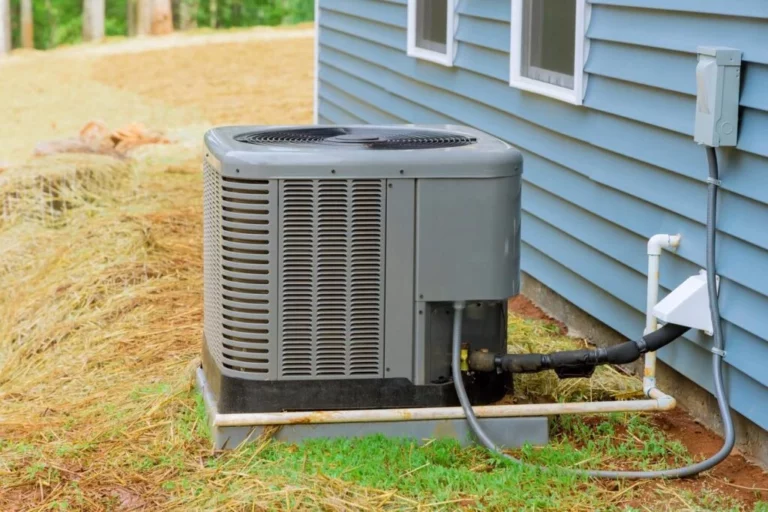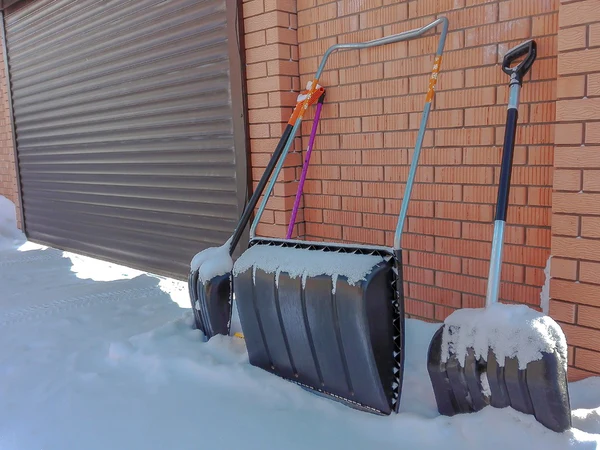One downfall of roof deicing cables is that they only cover specific areas of your roof.
Depending on your roof’s profile and layout, there may still be a risk of ice dams forming, especially in valleys and dormers.
Disadvantages of Roof Deicing Cable
As roof deicing cables rely on electricity to generate heat, they increase your power consumption, especially during extended periods of cold weather.
While self-regulating cables address this issue to a degree, they still draw electricity during operation. On the other hand, non-self-regulating cables typically run at constant power, which pushes your electrical bills up.
Aesthetic Impact
Some modern deicing cables are designed to blend into roof shingles and come in different colors to preserve your home’s exterior appearance. However, cables, clips, and connectors may still be visible from the ground.
If your roof has a complex layout or your cables are not properly installed, a roof deicing system could detract from your home’s overall aesthetic appeal.
Maintenance
Roof deicing cables need annual inspections to ensure their good operation and minimize the chance of a fire hazard.
Look for signs of wear and tear and regularly check your cables are properly secured to your roof. Most manufacturers recommend replacing your deicing cables every 5 to 7 years.
Limited Temperature Range
Deicing cables are most effective in melting snow and ice in areas with milder winter weather.
In extreme cold, the cables may not function as efficiently, leaving some roof areas vulnerable to ice dam formation. However, it could be argued that there’s not much risk of ice melting in extremely cold conditions.





